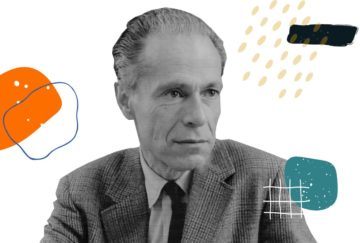 Simon Torracinta in Boston Review:
Simon Torracinta in Boston Review:
This spring the United States embarked on a grand experiment. The American Rescue Plan, signed into law on March 11, appropriated $1.9 trillion in public spending—on top of $2.2 trillion for the CARES Act a year prior—to accelerate recovery from the dramatic economic shock of the pandemic. Combined, these measures amount to a fiscal stimulus of unprecedented scale.
Economists in the Biden administration and the Federal Reserve are bullish that this intervention will enable a rapid return to the boom times—or at least what passed for them—that preceded March 2020. They believe that running the economy “hot,” without much slack in unemployment, will extend the fruits of recovery to historically marginalized populations in the labor market and stimulate greater productive investment. Meanwhile, prominent skeptics like Larry Summers, himself a former Treasury secretary, have sounded the alarm about what they see as the significant risks and early signs of inflation, as existing capacity strains to meet the torrent of renewed demand. Implicitly, these admonitions conjure up the specter of the wage-price spirals of the 1970s.
Given the economic landscape since 2008—ultra-low interest rates, reduced worker power, low labor force participation rates—the prospects of this scenario seem rather dim. But the truth is that we don’t really know what will happen. The scale of the experiment and the sheer number of moving parts conspire to make forecasters even more uncertain than usual. Every new piece of economic data is scrutinized for augurs of the future, and entire news cycles turn on the finer points of microchip and lumber supply chains or used car sales.
Although uncertainty presents a persistent headache for central bankers and investors, it has a longstanding place in economic theory.
More here.
